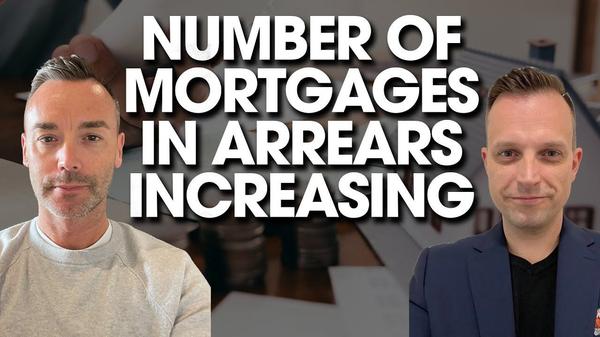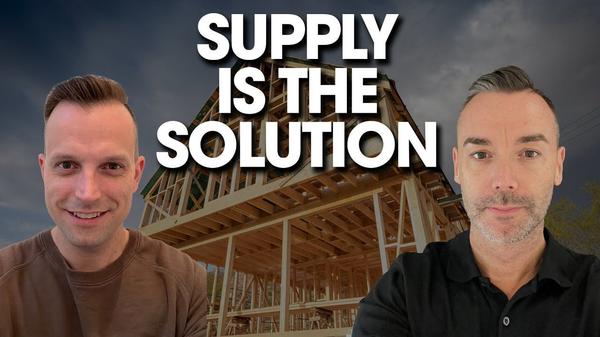Housing Supply Policies Coming FAST
In a significant move to boost housing supply, the federal government has unveiled a groundbreaking initiative following six months of record-high rental rates. A substantial $1.2 billion in low-interest loans is earmarked for the construction of 2,644 rental homes across seven new projects in Toronto. This aligns with Toronto's ambitious plan to build 65,000 new rent-controlled homes by 2030, with funds totalling $30-40 billion, or approximately $500,000 per home. While these measures address the supply issue, their impact may not be felt for 5-10 years.
Shifting to the pre-sale market, the surge is noticeable as resale inventory lags below averages. Over 3,500 pre-sale units hit the market in October across 20 projects, marking the largest release in 2023. With an anticipated 1,450 units in November, the absorption rate in October was 27%, slightly below the typical 30% for this season. The looming question: will investors retreat due to the Airbnb ban?
In the US, the annual inflation rate slowed to 3.2% in October 2023, surpassing market forecasts. Despite a 4.5% drop in energy costs, housing expenses accounted for over 70% of inflation. The positive outcome boosted the stock market, with the S&P experiencing its best day since April, the Dow rising 500 points, and the Canada 5-year bond dropping by 20 bps. Keep an eye out for Canada's announcements on November 21 and December 19.
National headlines from major news outlets paint a picture of the housing market entering a 'hibernation' phase, echoing a slowdown in sales, listings, and flat prices. While October saw a 17% decline in home sales below pre-pandemic levels, regions are affected differently. Ontario and British Columbia are entering a buyer's market, with moderately lower prices predicted by economists. Conversely, Alberta remains the outlier as Calgary's benchmark prices rose by 9.4% in the past year. Despite high rates, market activity suggests prices are generally holding, though sellers are adapting to collaborate closely with buyers.
Now, turning to the unique landscape of the Greater Vancouver Regional District (GVRD), despite 20 months of rising interest rates and a 35% decrease in buying power, home prices have only dropped 5% since the peak, up 6% from a year ago. Over 1 million mortgages have renewed with rates 2-3 times higher, yet no significant increase in mortgage arrears is noted. With less than 1% of listings as court-ordered sales and inventory 25% below long-term averages, the GVRD market remains remarkably stable, evidenced by average prices rising $10,000 and median prices up $5,000 halfway through November.
Categories
Recent Posts









